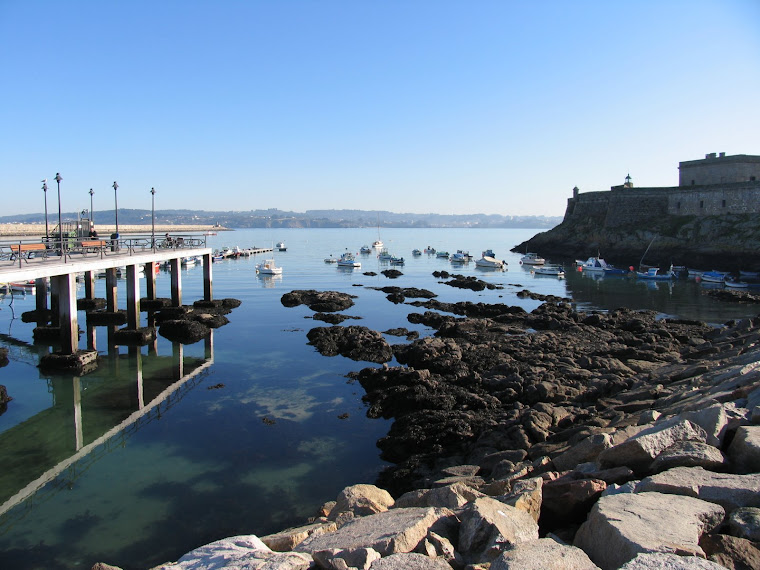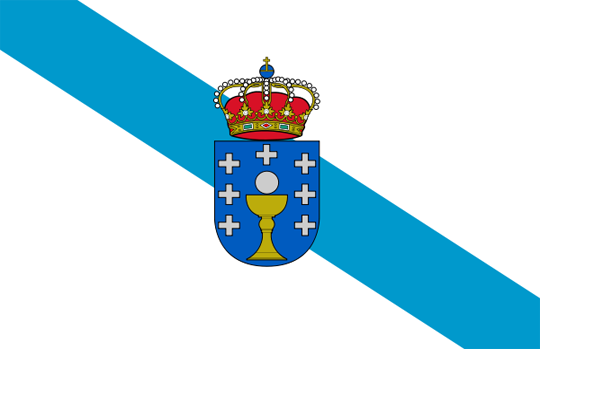 Okay you’ve been in AC for 12 hours, you’ve visited 14 bars and sunk as many beers so you’re getting a bit peckish and keen to try out a tapa or two.
Okay you’ve been in AC for 12 hours, you’ve visited 14 bars and sunk as many beers so you’re getting a bit peckish and keen to try out a tapa or two.By now your confidence will be sky high as you’ve seen people react in a positive way to your Spanish skills and you now know that ordering things is a doddle – completely different to how it is in some countries.
Our advice is that you avoid the places that can afford to advertise that they do the best tapas. The people who actually do serve the best tapas need to advertise for more punters like they need a hole in the head.
You do have a very wide choice but eventually you will be able to spot the good ones a mile off. Just about all bars do some sort of food - the customers expect it.
In future, we will be prepared for all eventualities but for the moment you need to perhaps follow a couple of simple rules to get with the flow. If you can see the tapas in the glass cases on the bar this will give you a feel for things. If the locals are having tapas it’s a safe bet to join them. Generally speaking a bar restaurant is the best place for tapas as the care they take with their main dishes is usually reflected in the quality of their tapas.
 It will help you considerably if you can resign yourself to sticking to one tapa or perhaps two to get things moving and to keep your confidence high. If you find yourself on a roll then have a look at some of the useful phrases below to move things along apace.
It will help you considerably if you can resign yourself to sticking to one tapa or perhaps two to get things moving and to keep your confidence high. If you find yourself on a roll then have a look at some of the useful phrases below to move things along apace.Lets say for example that you like ham and cheese. The ham is usually Jamon serrano or smoked ham and is carved from a leg of pork sitting on the bar. (bolied ham is jamon de york and is not usually seen in bars or served as a tapa)
Cheese is usually goats cheese and the type you need is puro or pure.
Jamon varies in quality and if you can bear to look at the hoof a black one carries better quality meat than a white one as the animal will have been fed a better diet usually consisting of acorns.
The Spanish are not so squeamish as we are when it comes to food and they don’t mind knowing the details. For example they refer to some meats as lechal or from milk. This does not mean that it is cooked in milk but rather that the young animal was taken from its mother and despatched for the table whilst still suckling from her.
When this was explained to me by a Spaniard I said I couldn’t possibly eat that lamb knowing he was taken from his mother. The Spaniard’s reply was “don’t worry about it, his mother’s on the next table.”
 Anyway back to the ham and cheese.
Anyway back to the ham and cheese.I have mentioned before about everything being masculine or feminine and you will have to learn which is which when you learn the word. For the purpose of this exercise most of the words are feminine.
Tag your tapas onto your drinks order by using the word “Y” pronounced ee – it means “and”.
The phrase you for need for a slice or two of jamon is una tapa de jamon (or queso or both)
So altogether:
“Una caña y una tapa de jamon por favor”= a small beer and a tapa of ham please.
Phonetically this works out roughly as “oo-na can-ya ee oo-na ta-pa day
ha-mon por favor” Just as an aside a Spaniard would say the phrase without any gaps between the words– they would all run into each other- that’s the main reason we can’t catch what the blighters are saying!
The double “o”s sound like the English “u” and the “a”s are always said as in the English cat. “e”s sound like the “e” in egg.
For the technically minded all Spanish letters with one or two exceptions are pronounced the same all the time. H is never pronounced in Spanish but the “J”s are said like aitches. If you say the Scottish word loch the c and the h at the end are close to the sound of a Spanish J.
You can substitute the jamon bit for the cheese bit in which case you would say “kay-so” rather than “ha-mon”.
You might start to panic a little if you are asked about the type of ham or cheese but that’s easy as well. They may double check to see whether you want their ham by asking jamon serrano? (say-rr-ano) in which case you just say si (yes, pronounced see) and perhaps point at the leg on the bar or hanging from the ceiling.
If they query the type of cheese they may use the word puro (poo-row – as in boat) and again you will just say si or si puro.
It cannot be more complicated than that. If in doubt just say si to everything – it’s two quids worth of food and drink for goodness sake even if you just get some experience its worth it. With a one hour one to one Spanish lesson costing £50 these days you can afford to be generous.
Life’s too short to make a fuss as they say in Spain - just have what comes.
You now have your drink and tapa and the regard of everyone in the bar. It may have been like the scene from American Werewolf in London initially (where the two guys walked into the pub on the moor and you could hear a pin drop) but once you took your deep breath and blurted out your order you were elevated from the status of gringo/tourist/foreigner to that of someone normal just having a drink and a snack to help keep you going – a local.


No comments:
Post a Comment